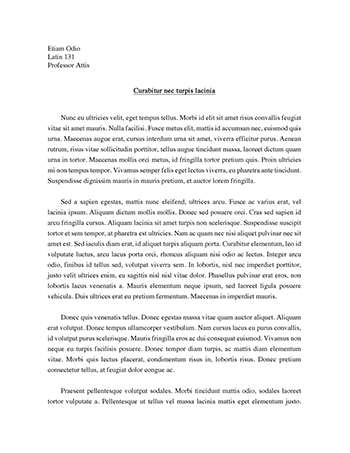
Brs Mdm3 Tif Ch08 Essay example
Words: 3272
Pages: 14
Chapter 8 Decision Analysis
8.1 Chapter Questions
1) Determining the best payoff for each alternative and choosing the alternative with the "best of the best" is the approach called:
A) maximax
B) maximin
C) Laplace
D) minimax regret
E) expected monetary value
Answer: A
Page Ref: 323
Topic: Decision Making Under Uncertainty
Difficulty: Moderate
2) Determining the worst payoff for each alternative and choosing the alternative with the "best of the worst" is the approach called:
A) maximax
B) maximin
C) Laplace
D) minimax regret
E) expected monetary value
Answer: B
Page Ref: 323
Topic: Decision Making Under Uncertainty
Difficulty: Moderate
3) The …show more content…
Answer: FALSE
Page Ref: 323
Topic: Decision Making Under Uncertainty
Difficulty: Moderate
19) In decision making under risk, probabilities associated with future events are usually unknown.
Answer: FALSE
Page Ref: 327
Topic: Decision Making Under Risk
Difficulty: Moderate
20) The maximin criterion approach selects the "best of the worst."
Answer: TRUE
Page Ref: 323
Topic: Decision Making Under Uncertainty
Difficulty: Moderate
21) If the coefficient of realism alpha equals 1, then the criterion of realism will yield the same result as the maximax criterion.
Answer: TRUE
Page Ref: 324
Topic: Decision Making Under Uncertainty
Difficulty: Challenging
22) The minimax regret criterion minimizes the maximum opportunity loss within each alternative.
Answer: TRUE
Page Ref: 325
Topic: Decision Making Under Uncertainty
Difficulty: Moderate
23) The expected value of perfect information (EVPI) places a lower bound on how much a decision maker should be willing to pay to obtain perfect information.
Answer: FALSE
Page Ref: 328
Topic: Decision Making Under Risk
Difficulty: Moderate
24) The expected opportunity loss (EOL) will always result in the same decision as the maximum expected monetary value (EMV).
Answer: TRUE
Page Ref: 328
Topic: Decision Making Under Risk
Difficulty: Moderate
25) In a decision tree representation, round nodes represent decision
